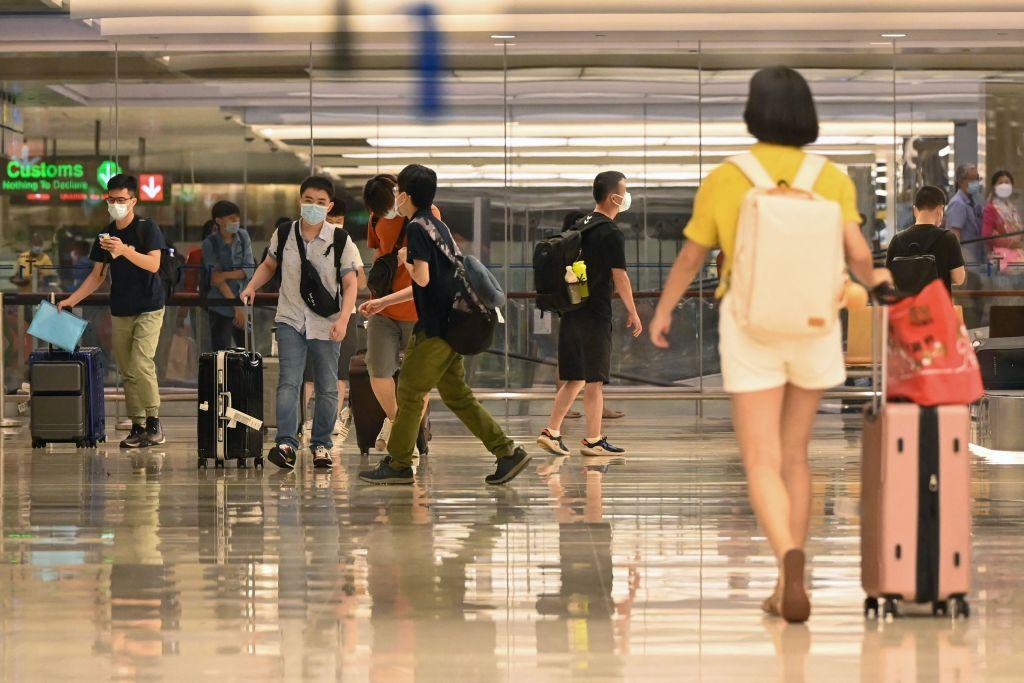
The recovery of air travel in the Asia-Pacific region is gathering pace, figures released by the Association of Asia Pacific Airlines (AAPA) show, with healthy growth in international air passenger demand as COVID-19 travel restrictions continue to ease.
The number of international passengers carried rose more than six-fold year-on-year to 9 million in June 2022, bringing demand to 28.3% of the corresponding pre-pandemic month in 2019. The figure for June is up from 7.3 million passengers carried in May.
“The region’s airlines are resuming flights to more destinations, as economies reopen for business and international travel,” AAPA director general Subhas Menon said. “This is a welcome change that was a long time coming.”
International demand measured in revenue passenger kilometres (RPK) rose by a robust 509.3% year-on-year in June, significantly outpacing the 139.5% expansion in available seat capacity. As a result, the average international passenger load factor jumped by 46.7 percentage points to reach a new post-COVID high of 76.9%.
However, Menon cautioned that while the number of international passengers carried by the airlines in the first half of 2022 was 330% higher than that of 2021, it is still well below pre-COVID levels.
“Meanwhile, escalating fuel prices and cost inflation are risks to the nascent recovery and return to profitability just as the industry is emerging from its worst crisis,” he added.
The AAPA research also found that international trade flows continue to slow amid the worsening inflationary environment. Consequently, international air cargo demand as measured in freight tonne kilometers (FTK) fell by 4.1% year-on-year in June.
In tandem with the recovery in passenger services, increased bellyhold space contributed to a 5.7% growth in offered freight capacity. This led to a 6.9 percentage point decline in the international freight load factor to an average of 67.2% for the month.
